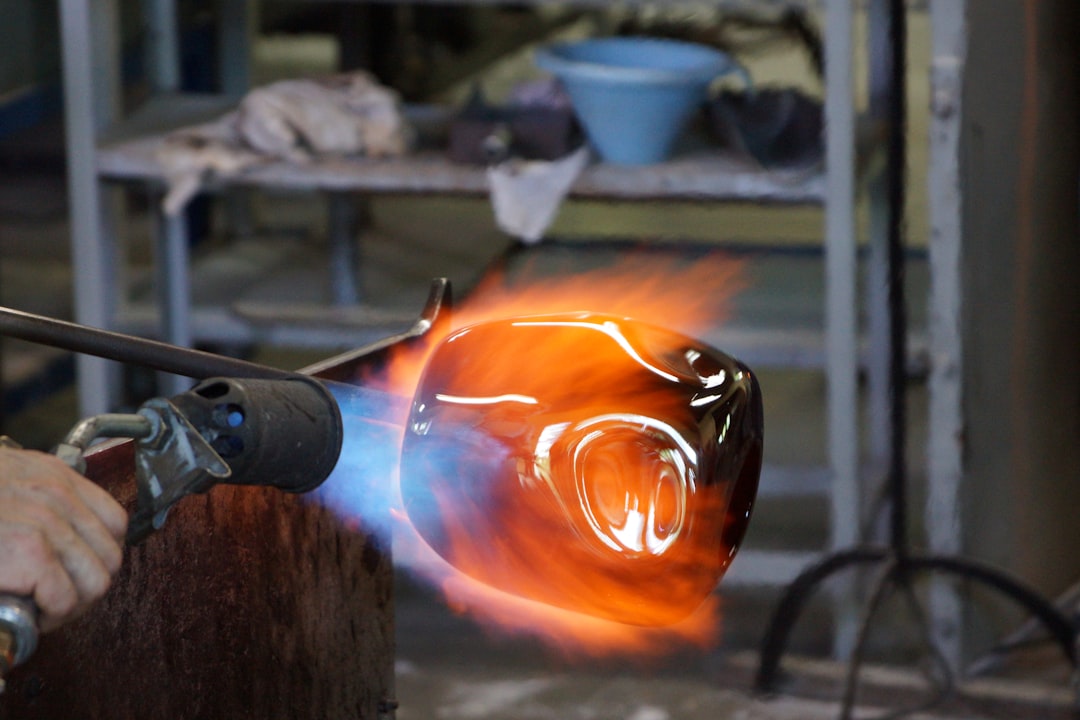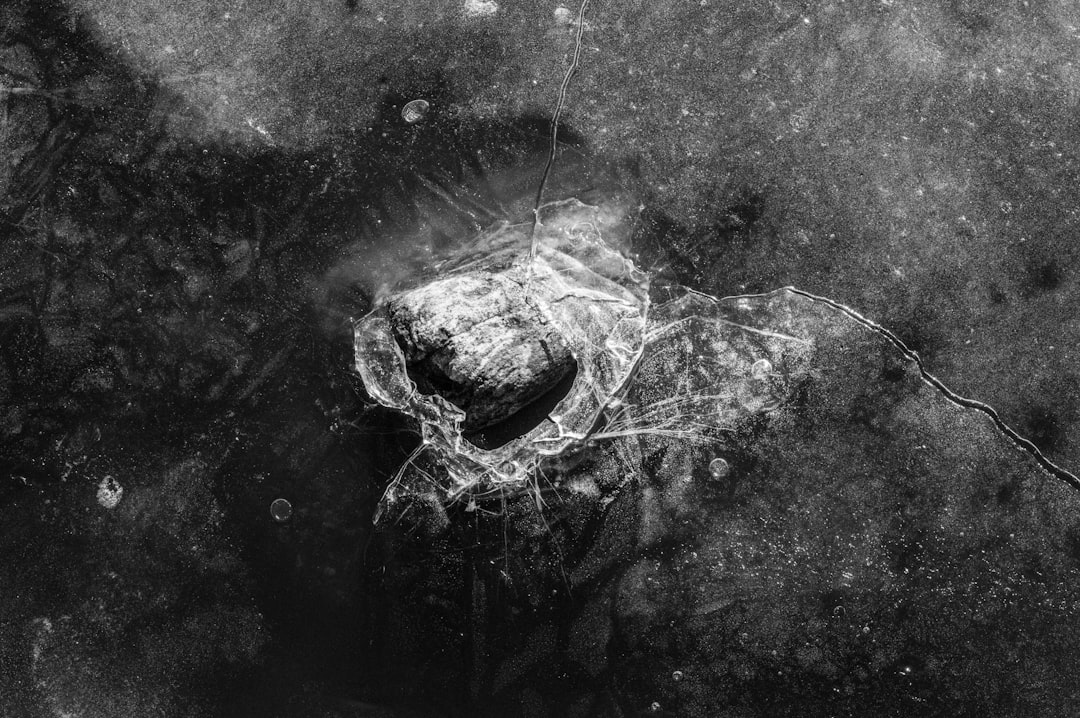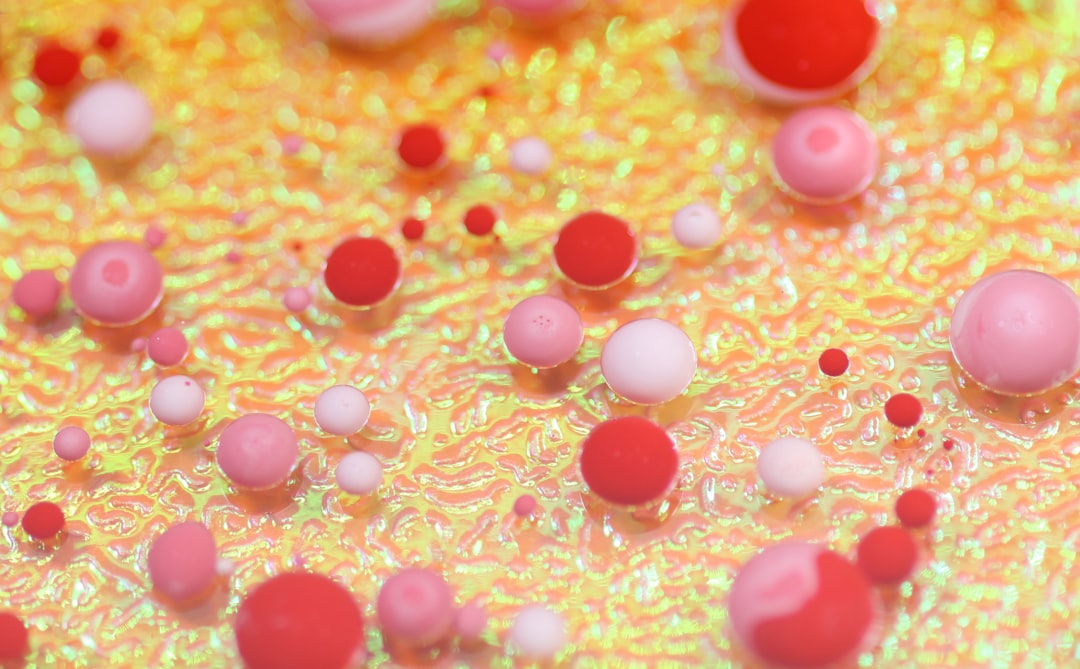What is it about?
Traditional process for production of metal chalcogenide nanoparticles engage hazardous organo metallic compounds and extremely poisonous chalcogen resource reacting in the vapor phase or inside a solution. The temperament of the reactants has shifted the focus towards single source molecular precursor for the synthesis of these nano-materials. Single source molecular precursors hold both metal and non metal in their chemical structure, have frequently numerous benefits over traditional precursor, consist of enhanced air and moisture stability, avoid toxicity and pyroforicity, and face no difficulty in safety, separation, and organization of stoichiometry.
Featured Image
Why is it important?
In this a paper, we demonstrate the synthesis and characterization of CdSe and CdTe nano-materials using complexes Cd(II)bis-(aminopropane)selenide and Cd(II)bis-(aminoethyl)telluride to assess the prospective of the complexes as single source molecular precursors. The economical, harmless single source molecular method may be a striking technique to fabricate metal chalcogenide nanoparticles.
Perspectives
The publication is an important contribution in the synthesis and characterization of semiconductor nano-particles. A suitable solvothermal method has been effectively functional to produce CdSe (hexagonal) and CdTe (cubic) nanoparticles from novel air stable, non-pyroforic, non-toxic, single source molecular precursors i.e., Cd(II)bis- (aminopropyl)selenide and Cd(II)bis-(aminoethyl)telluride. Precursors were added to hot quinoline used as coordinating solvent as well as decomposition solvent nearly at 200°C . The average particle size was estimated as CdSe ≈ 3 nm,
Professor Parmendra Kumar Bajpai
Guru Ghasidas University
Read the Original
This page is a summary of: Synthesis and Characterization of Cadmium Chalcogenide Nanomaterial (CdE; E=Se/Te) from Novel Single Source Molecular Precursor, Current Nanoscience, February 2018, Bentham Science Publishers,
DOI: 10.2174/1573413714666171207155555.
You can read the full text:
Contributors
The following have contributed to this page










